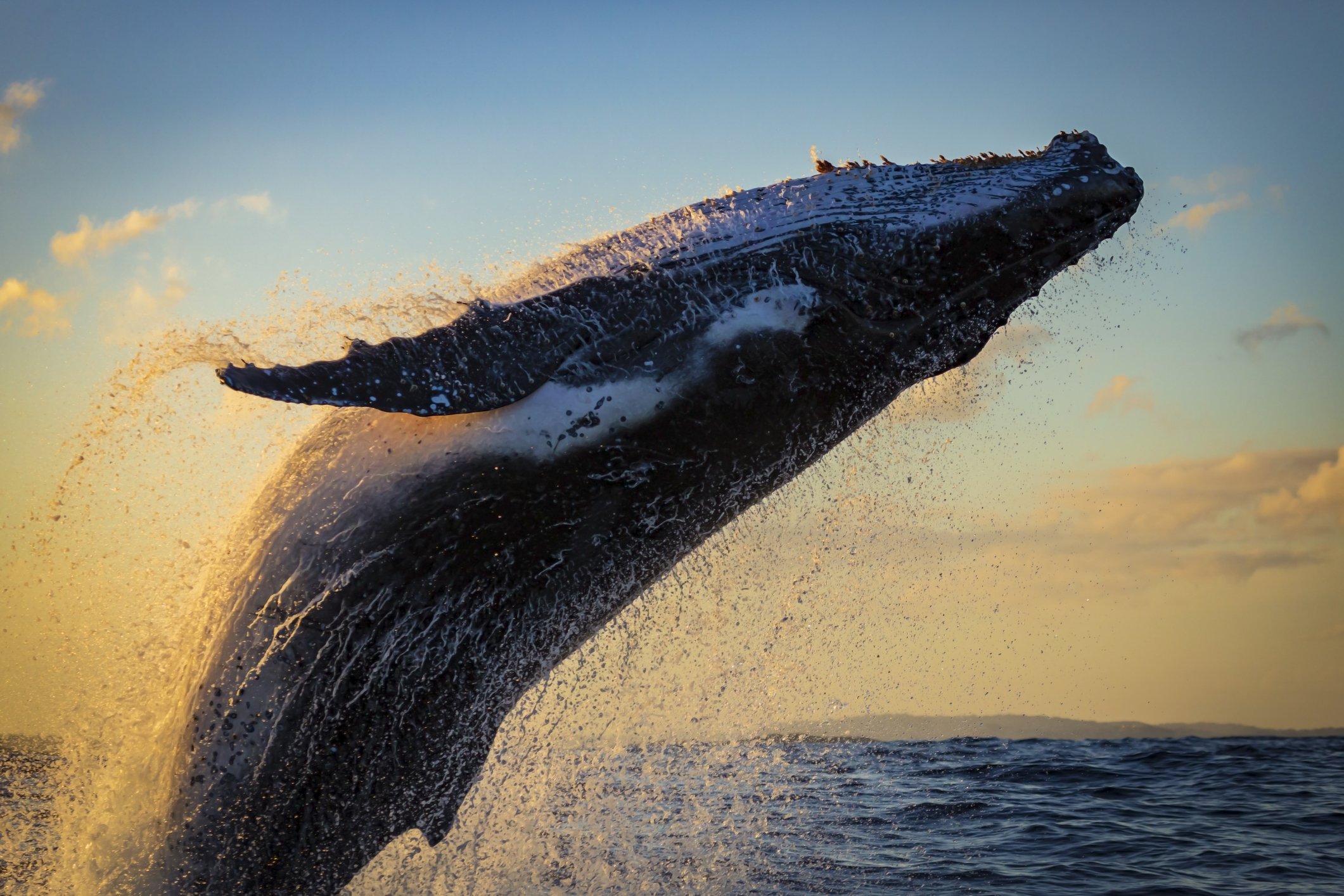Recently, polar guide and photographer Piet van den Bemd, while working in an area in the dark waters of Antarctica, found a real work of art made by marine animals. After flying a drone in the area, the photographer captured whales making a shape-making movement on the ocean surface: It is a spiral similar to the famous Fibonacci sequence..
Created by Italian mathematician Leonardo Fibonacci, the Fibonacci sequence is a sequence of integers that is responsible for a specific spiral geometric shape. The mathematical formula was known due to similar geometric patterns found in nature, in shells, seeds, fruits, plant leaves, spiral galaxies and others.
In the video, it is possible to see humpback whales moving as if dancing, creating patterns similar to the Fibonacci sequence in the water. As the whales moved through the icy waters of Antarctica, they created blue water bubbles that formed the classic spiral seen in different areas of nature.
It is important to highlight Fibonacci pattern is not common during whale movements; the truth is that van den Bemd was lucky enough to film them at the exact moment it happened.
“Witnessing the fascinating dance of two humpback whales engaging in synchronized feeding with bubble nets. Nature’s perfect collaboration reveals itself beneath the waves,” Piet describes in a post about the case on his Instagram profile.
Whales and the Fibonacci Sequence
Whales often use bubbles in the water to scare off their enemies, but the strategy is also commonly used to search for food, according to biologists and experts in the field. In the second case, Two or more whales form bubbles to form a type of ‘wall’ that is responsible for trapping the fish in a smaller area. So they can feed on them.
To create bubbles Humpback whales dive deep below the surface and simultaneously ‘blow’ bubbles upward. While one of the whales usually does the ‘blow’ job, the others surround the fish in the area so that the fish become increasingly trapped in the spiral ‘wall’ of bubbles. In other words, the bubble spiral is something common among whales, and the Fibonacci sequence pattern was just a matter of luck and ‘timing’.
“Usually one whale leads the effort and is followed by the rest of the group. The leader is usually responsible for blowing the bubbles, and the other members surround the fish, following them to the surface and swimming in spiral patterns to hold the fish. The nonprofit National Marine Conservation Foundation describes this incident as “He was surrounded,” he said in his statement. said.
Did you like the content? Stay up to date with more curiosities like this at TecMundo. If you wish, take the opportunity to understand how chia seeds confirm a model in nature proposed by Alan Turing.
Source: Tec Mundo
I’m Blaine Morgan, an experienced journalist and writer with over 8 years of experience in the tech industry. My expertise lies in writing about technology news and trends, covering everything from cutting-edge gadgets to emerging software developments. I’ve written for several leading publications including Gadget Onus where I am an author.












